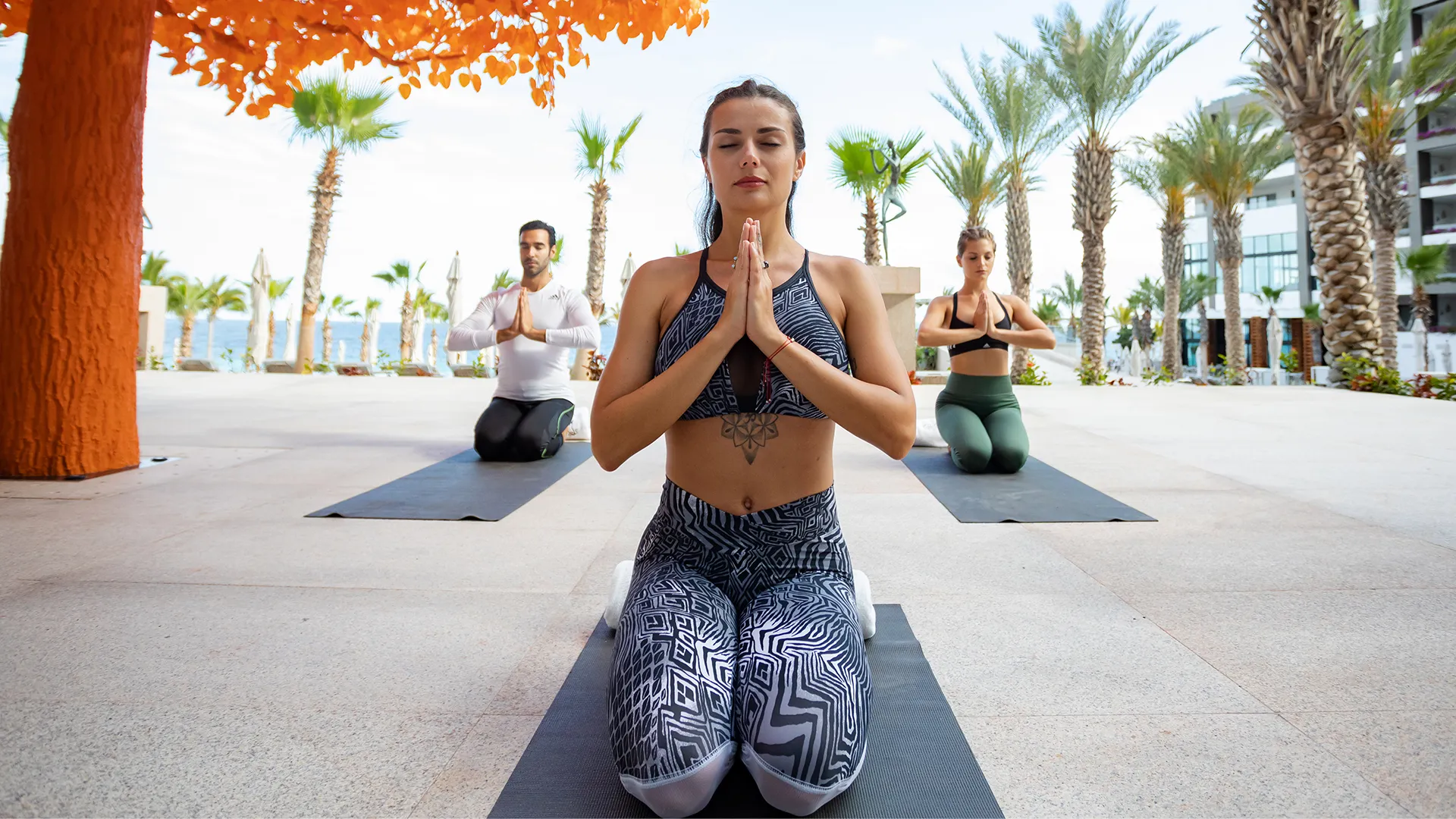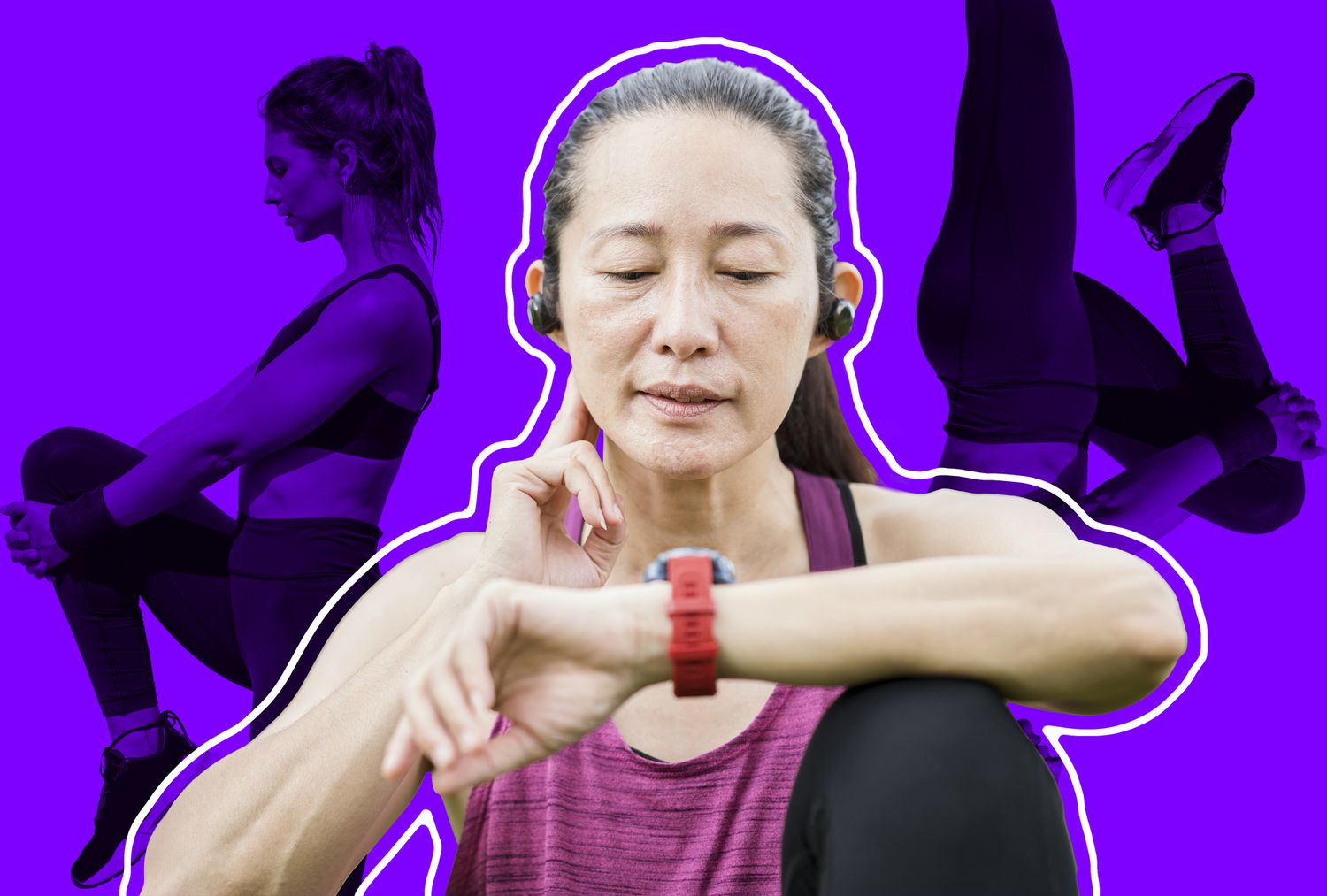Sports and lifestyle have always been deeply connected, but never as seamlessly as they are today. What used to be separate domains—athletics on one side and daily living on the other—have now merged into a single philosophy: living actively, healthily, and mindfully. Modern sports culture isn’t just about competition; it’s about longevity, personal growth, and mental well-being. From professional athletes to weekend joggers, people are reimagining what it means to live a sporty, balanced life.
As we move deeper into the 2020s, the sports and lifestyle industries are undergoing a profound transformation. Driven by technology, social influence, and holistic awareness, they are redefining how we train, eat, rest, and even think. This new era is less about perfection and more about sustainability, balance, and personal evolution.
1. The Rise of Everyday Athletes
Once, the world of sports seemed exclusive to professionals—those who trained for hours, competed globally, and lived by strict routines. But today, the “athlete mindset” has gone mainstream. Thanks to wearable tech, social media fitness communities, and the accessibility of home workouts, anyone can pursue athletic goals in their own way.
The term “everyday athlete” represents this cultural shift. It’s not about winning medals but about living with purpose and vitality. People are running marathons, lifting weights, hiking mountains, or practicing yoga—not for fame, but for health and fulfillment.
Apps like Strava, Fitbit, and Nike Training Club have made it easy for individuals to track their progress, challenge friends, and stay motivated. Meanwhile, global movements like Parkrun and CrossFit have turned fitness into a social, community-driven experience.
What’s changing is the mindset: exercise is no longer punishment or obligation—it’s a form of self-expression and empowerment.
2. Fitness Meets Technology: Smarter Training for Everyone
Technology has revolutionized sports and fitness. Smartwatches, AI-powered training platforms, and virtual coaches have brought elite-level analytics to ordinary people.
Wearable devices now measure everything from heart rate variability and oxygen saturation to sleep quality and recovery times. This data-driven approach allows athletes—professional or amateur—to understand their bodies in ways once possible only in sports labs.
Virtual reality (VR) and augmented reality (AR) are also entering the fitness space. Apps and devices can simulate cycling through the Alps or boxing in a virtual ring, making workouts immersive and entertaining.
Artificial intelligence further enhances training personalization. AI-driven apps can create customized workout and nutrition plans based on your goals, past performance, and biological feedback. In essence, technology has turned personal fitness into a science of precision and motivation.

3. The Holistic Athlete: Mind, Body, and Balance
In the past, athletic success was often measured purely by physical results—speed, strength, or endurance. Today, the modern athlete embraces holistic wellness, balancing body, mind, and spirit.
Mindfulness, meditation, and yoga have become integral to sports performance. Athletes from Serena Williams to Novak Djokovic openly practice mental conditioning to manage stress and maintain focus. Studies show that mindfulness not only improves concentration but also speeds up recovery and reduces injury risk.
Nutrition is also being redefined. Instead of restrictive diets, athletes are embracing intuitive eating—listening to their bodies and prioritizing nourishment over numbers. Superfoods, plant-based proteins, and gut-friendly meals have become staples of active living.
Mental health awareness has become a defining part of modern sports culture. From professional leagues offering therapy programs to influencers sharing their emotional journeys, the stigma around mental well-being is fading. In today’s world, being strong means being self-aware.
4. Sustainable Sports and Ethical Lifestyles
As global consciousness grows, sustainability is shaping both sports and lifestyle choices. Brands and athletes alike are prioritizing environmental responsibility, social impact, and ethical production.
Eco-friendly sportswear—made from recycled plastics, organic cotton, or bamboo—is no longer niche. Companies like Patagonia, Adidas, and Allbirds are leading the charge, proving that performance and sustainability can coexist.
Outdoor sports are also fueling environmental advocacy. Hikers, surfers, and cyclists are among the most vocal supporters of conservation efforts, promoting the message that protecting the planet is part of an active lifestyle.
Sustainability extends beyond materials. The trend toward “slow fitness”—emphasizing mindful, injury-free, long-term movement—is replacing the high-intensity burnout culture of the 2010s. The new sports philosophy is not “go harder,” but “go smarter.”
5. Social Media and the Rise of the Fitness Community
Social media has transformed how people connect with sports and lifestyle culture. Platforms like Instagram, YouTube, and TikTok have become digital gyms—spaces for sharing progress, inspiration, and authenticity.
Fitness influencers and athletes are using these platforms not just to promote workouts but to build communities around healthy living. Challenges like “30 Days of Yoga” or “Run Every Day for a Month” have inspired millions to start their own journeys.
However, this digital wave also comes with responsibility. Unrealistic body standards and overtraining trends can harm mental and physical health. Thankfully, a new generation of creators is championing realism over perfection—focusing on progress, self-acceptance, and balance.
The best part? Sports are now more inclusive. Regardless of gender, age, or ability, anyone can participate, learn, and find support online.
6. The Return of Outdoor and Adventure Sports
After years of digital dominance, people are rediscovering the outdoors. Hiking, cycling, paddleboarding, and trail running have surged in popularity, especially after the pandemic reminded us of the healing power of nature.
Outdoor sports offer more than physical benefits—they provide mental clarity, stress relief, and a sense of connection with the environment. The “adventure lifestyle” has become a symbol of freedom, self-discovery, and sustainability.
Brands are responding with versatile gear and minimalist travel equipment, enabling people to live active lifestyles anywhere—whether in the mountains, by the sea, or in urban parks. This movement proves that sport isn’t confined to stadiums or gyms—it’s a lifestyle that thrives wherever passion meets movement.
7. The Future: Redefining What It Means to Be Active
Looking ahead, the sports and lifestyle industries are moving toward integration, inclusivity, and innovation. Hybrid fitness models, combining in-person and digital experiences, are becoming standard. People can join live-streamed yoga classes, compete in virtual marathons, or participate in AI-guided strength programs—all from home.
Wearable tech will continue to evolve, with sensors detecting hydration, muscle fatigue, and emotional states. Data sharing between medical and fitness platforms could even allow early detection of health issues.
But the biggest transformation is philosophical: movement as medicine. Exercise is increasingly recognized as a core component of physical and mental healthcare. Doctors are prescribing walking, stretching, and meditation alongside traditional treatments.
In this future, being active isn’t about chasing trends—it’s about cultivating a lifestyle that supports long-term health, happiness, and purpose.
8. Living the Sporty Life: Balance Over Burnout
The essence of the modern sports lifestyle is balance. It’s about celebrating movement without obsession, setting goals without self-punishment, and embracing rest as much as action.
Athletes and everyday movers alike are learning to respect recovery, prioritize sleep, and nourish their minds as much as their muscles. The message is clear: health is not a sprint—it’s a lifelong journey.
Whether it’s an early morning run, a mindful yoga session, or a weekend hike, the modern lifestyle embraces activity as a form of joy and connection. The power of sports lies not only in competition but in its ability to teach discipline, resilience, and gratitude.

Conclusion
The intersection of sports and lifestyle represents a new age of human potential. It’s not about being the fastest or strongest—it’s about being balanced, healthy, and fulfilled. Technology, awareness, and community have made it possible for everyone to live like an athlete in their own way.
As we move forward, the goal isn’t to push harder—it’s to live better. Because the true victory in sports and life alike is finding harmony between ambition and well-being, strength and serenity, movement and mindfulness.




